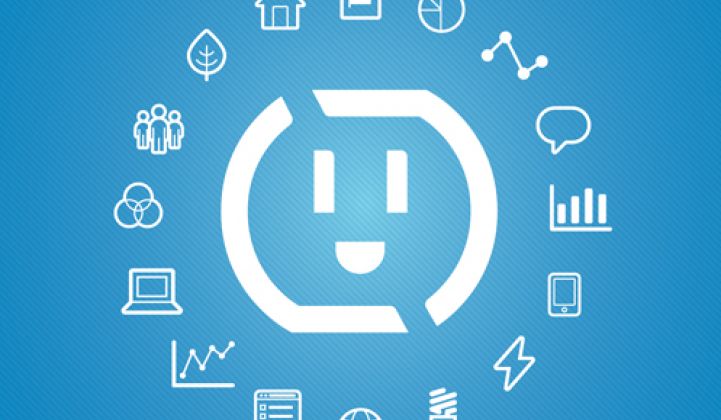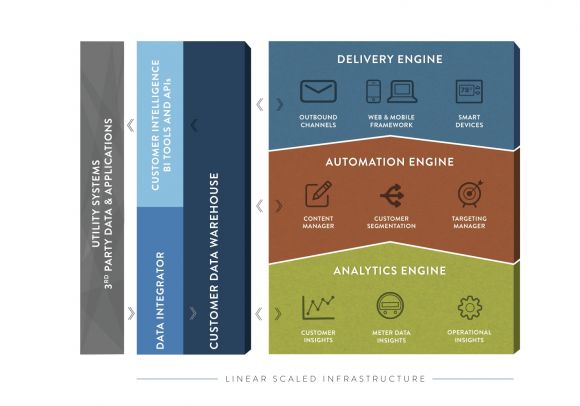After giving its software and analytics engine a powerful tuneup earlier this year as part of a fifth-generation release, Opower is unveiling yet another set of offerings for utility customers today.
The release, dubbed Opower 5.5, includes three new analytics capabilities designed to make it even easier to target specific customer segments for efficiency, while also setting Opower up to compete with disaggregation startups that are gunning for a share of the residential and small commercial efficiency market.
The 5.5 version features include real-time clustering of customer types, a new visual tool for segmentation that automatically updates changes to customer behavior, as well as disaggregation that allows utilities to target appliance-level energy use without the use of smart meters.
Like most software development, the official release is a culmination of activity that had already been in development for some time. Opower has spent $100 million in R&D in recent years to improve its analytics engine and create the more customizable engagement tools that utilities are demanding.
"We're in the 10,000th hour of practice with utility customers in terms of what our platform can do," said Roderick Morris, Opower's senior vice president of marketing, referring to Malcolm Gladwell's rule of success. "We’ve hit this inflection point where our ability to roll out new solutions is accelerating."
So how does Opower visualize these solutions? The diagram below illustrates how the company's platform processes the data and puts it to use for customers.
The bottom layer features the analytics engine, which ingests all the new data from utilities (300 billion meter reads and counting, as well as information from call centers) that comes in via the data warehouse. Opower also created an API to allow utility clients to run their own internal analytics programs using this data.
The middle layer is where the analytics are put to use for segmentation analysis. Neel Gulhar, Opower's director of strategy and product marketing, said it's similar to the machine learning used by Netflix. "We've developed the same technology Netflix uses to figure out which movie you want to watch based on your historical viewing habits," he said.
The top layer is the "workhorse" that tracks how utility customers are interacting with the tool and how electricity consumers are responding to messages. All that information gets fed back into the analytics engine.
"This is the pivot point for the utility to make decisions based on the new decisions," said Opower CEO Dan Yates, describing the layers in a previous interview.
Over time, Opower is adding more APIs to each layer of the platform in order to give utilities the ability to use them however they want.
The result, according to Gulhar, is a completely real-time view of how people are interacting with utility messaging, which can then be changed as consumers become more efficient and move between different categories.
Utilities have long had the ability to segment different types of customers. However, their classifications were extremely broad and couldn't be developed in real time. In addition, if the customers being targeted for efficiency actually changed behavior, the utility would need to manually segment them all over again.
"Groups change dynamically every day, so it’s not just a one-time setup," said Gulhar. "We've operationalized this and made it real-time so that utilities can make changes right away."
Opower is also deepening its disaggregation offering, which identifies energy use at the appliance level within a home. Disaggregation is typically performed using hourly or fifteen-minute smart meter data, but Opower has developed an algorithm that allows it to identify heating and cooling loads in homes using only monthly meter reads. This could further enhance Opower's behavioral demand response program by providing very specific information about which in-home loads to target.
"Customer engagement" is the common industry buzzword Opower uses to describe these offerings and its platform. Everything the company does is designed to enhance a utility's interactions with the customer in order to both reduce demand and improve the relationship.
CEO Yates said the company is "fully on the gas pedal" when it comes to customer engagement.
"Everybody wants this," he said. "We want to be the utility's partner for all customer care automation. We're going to be the brain for them."




